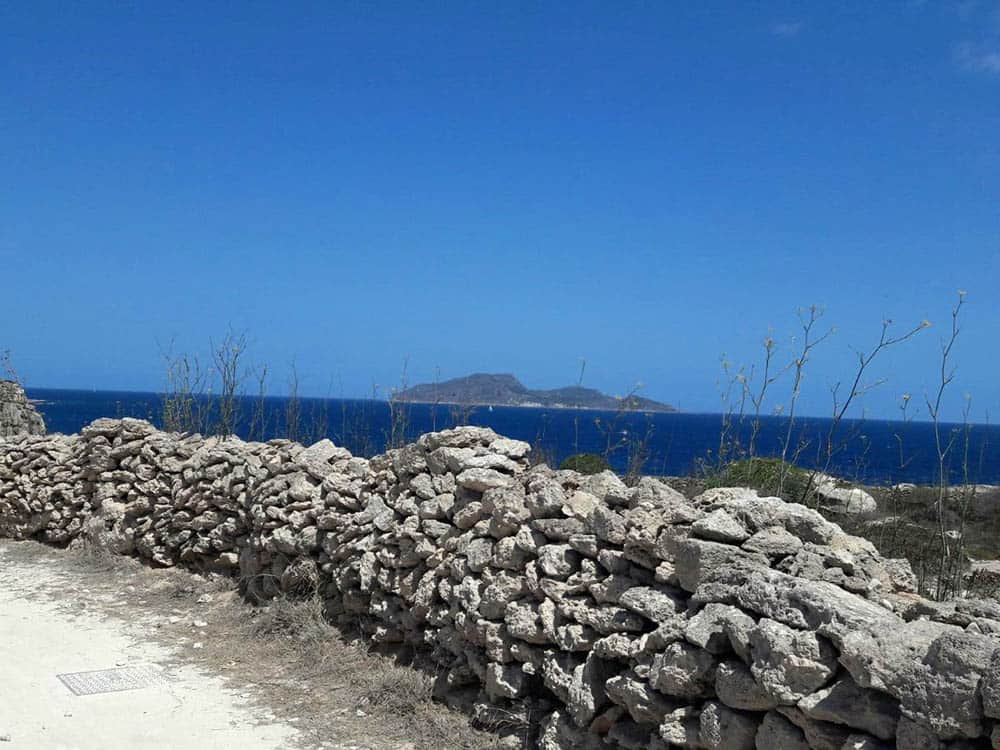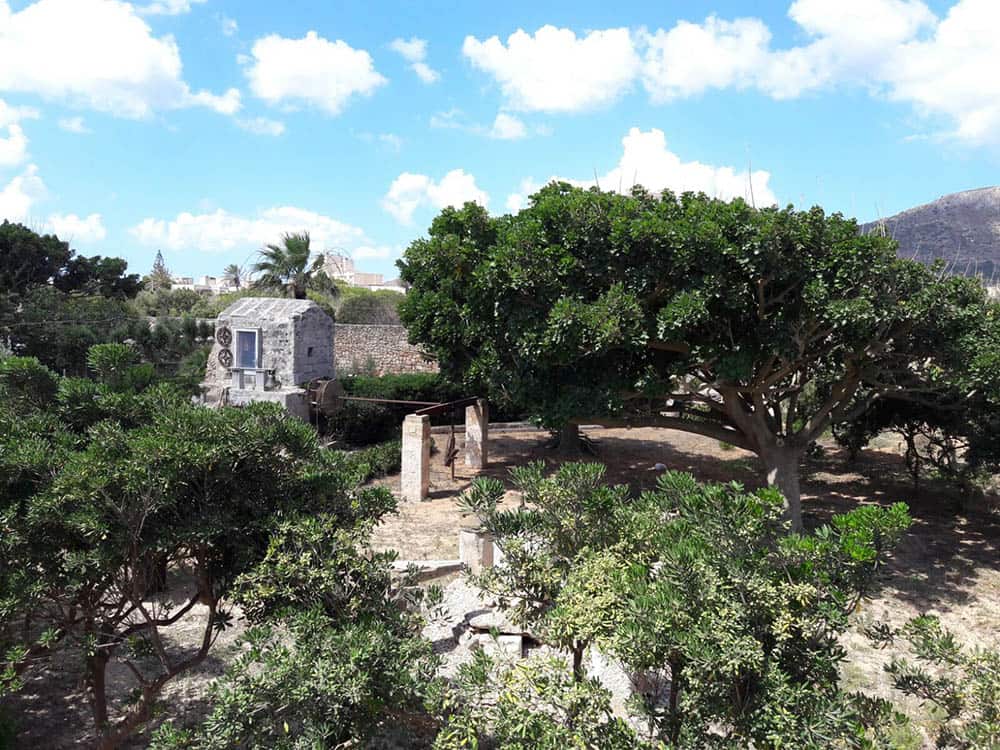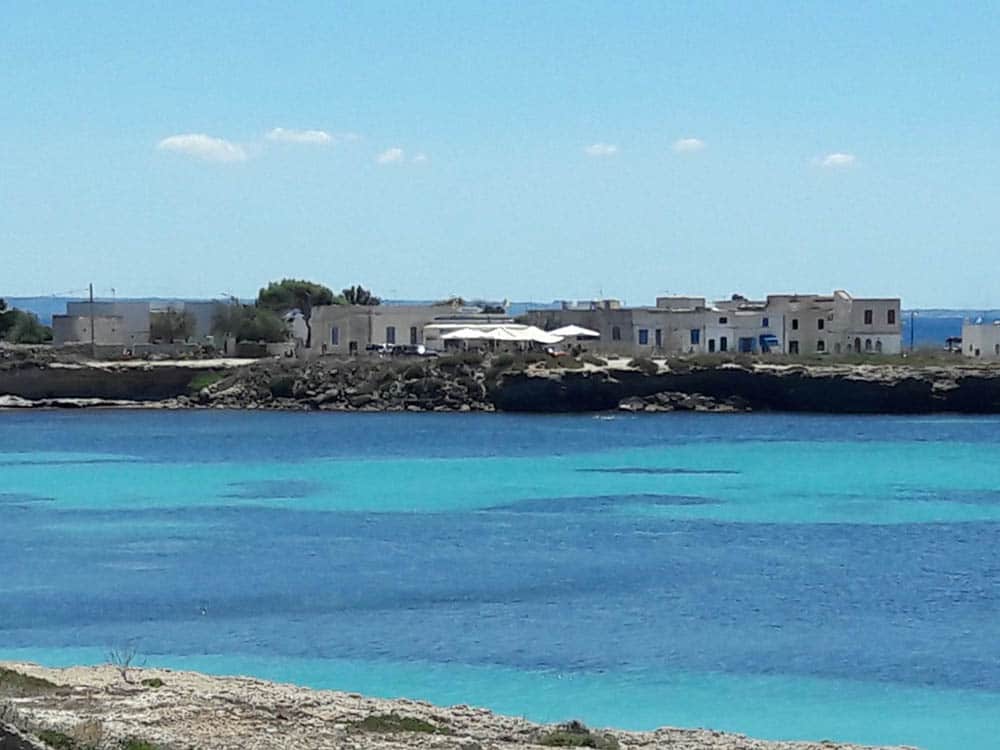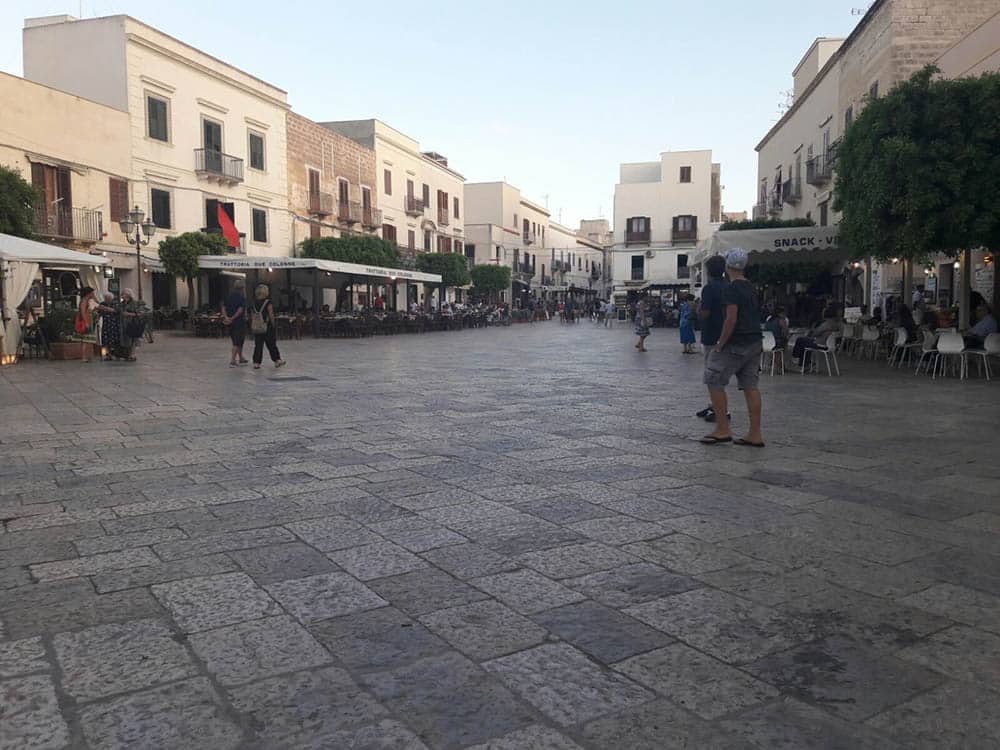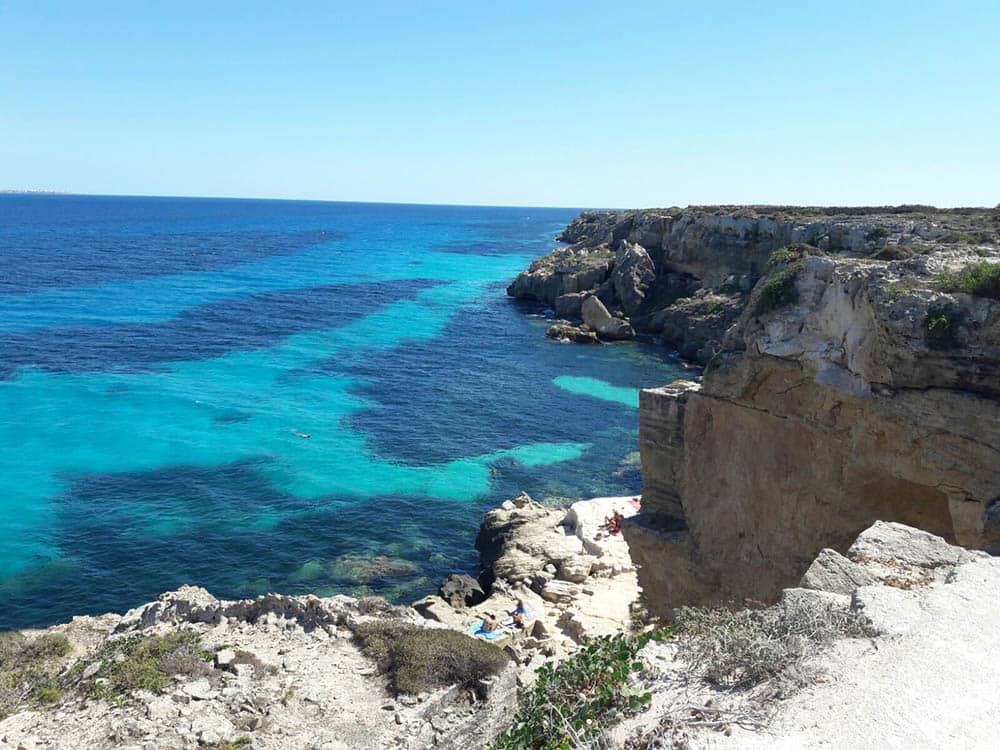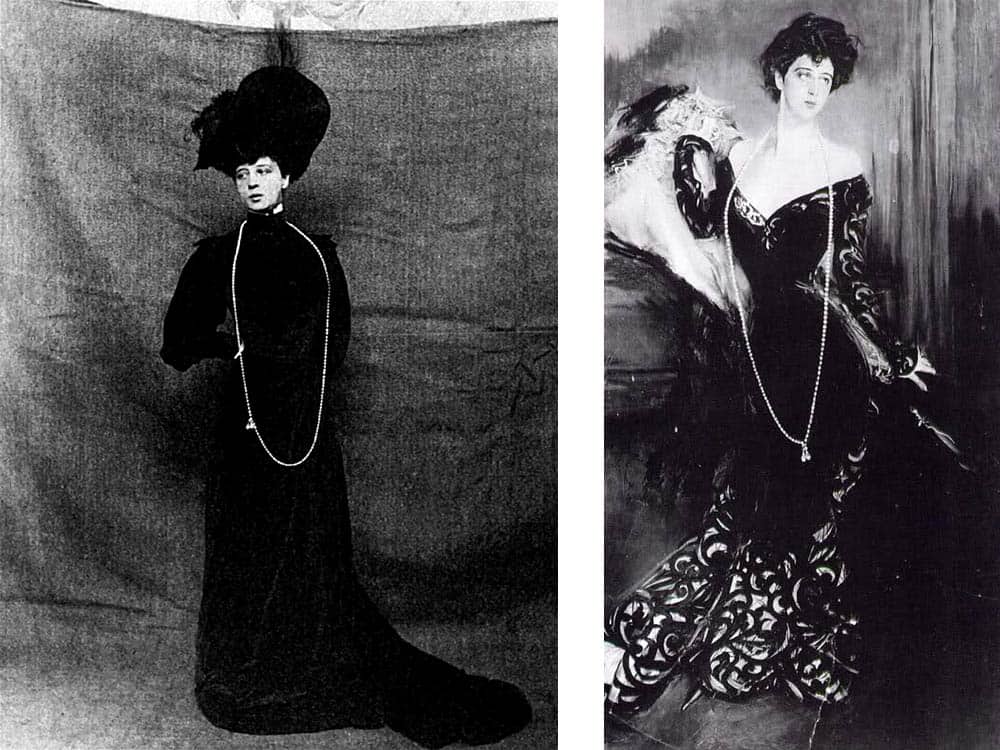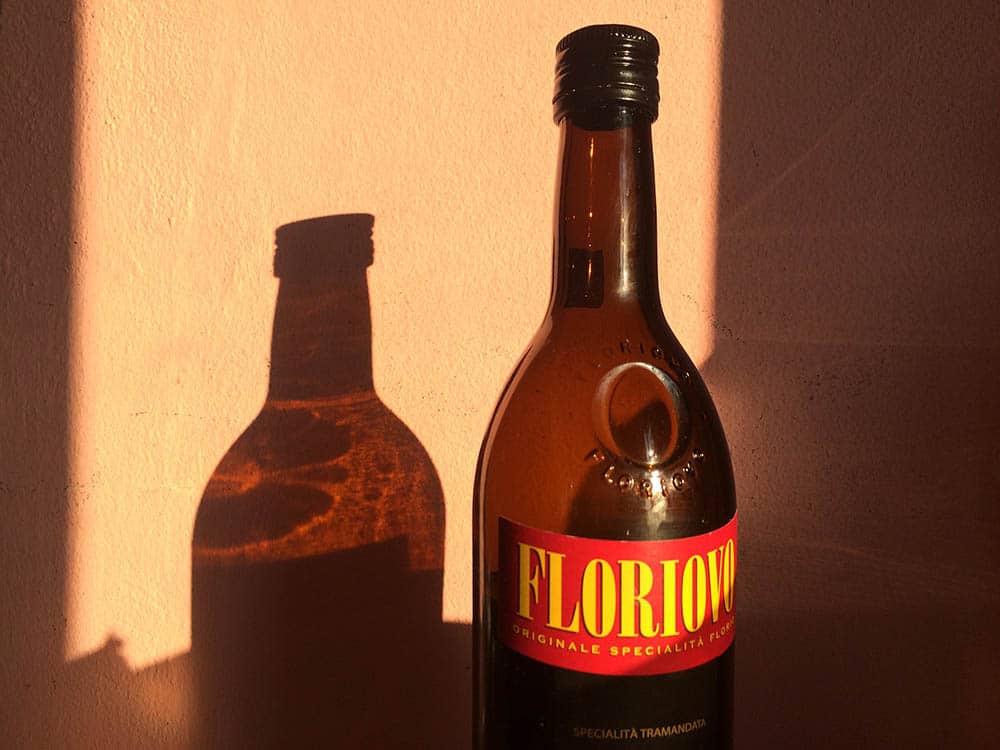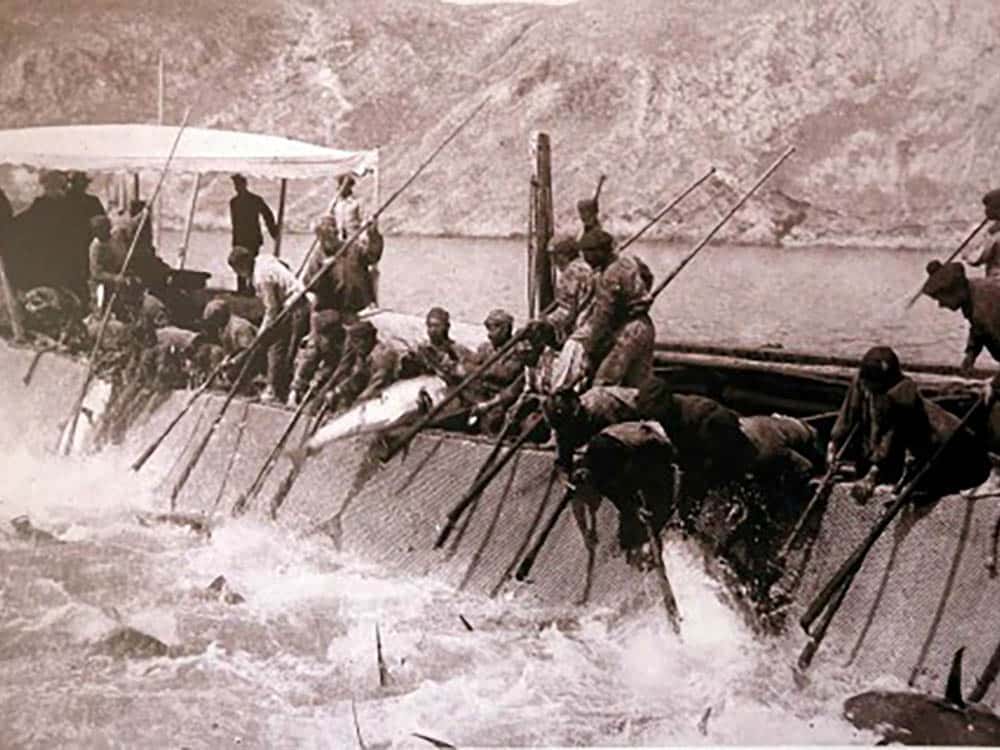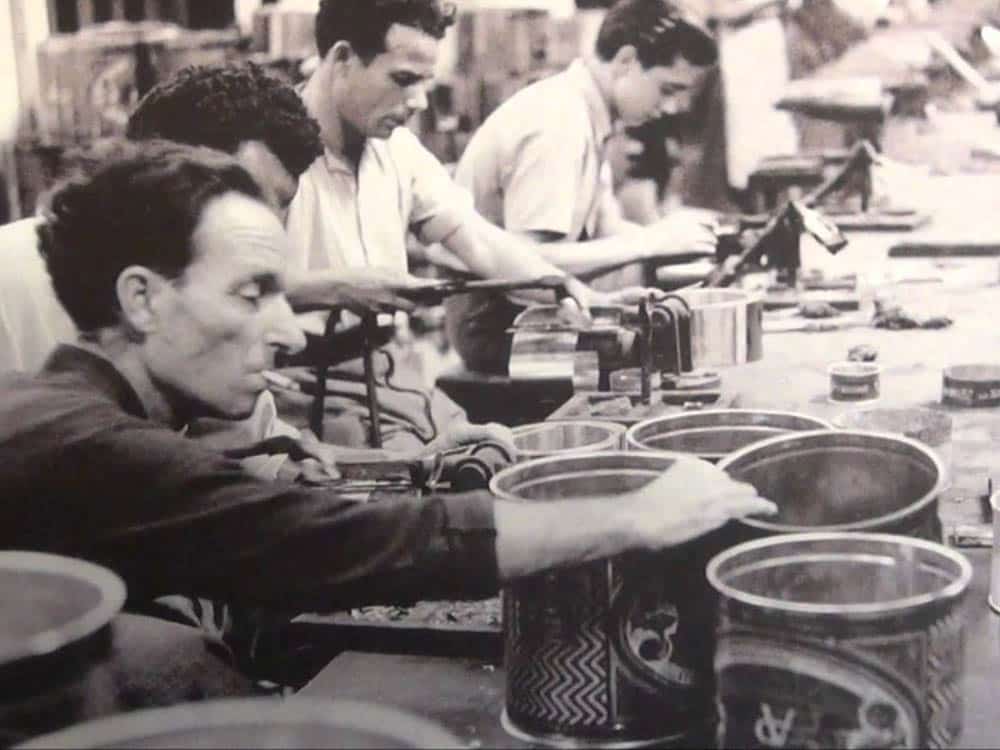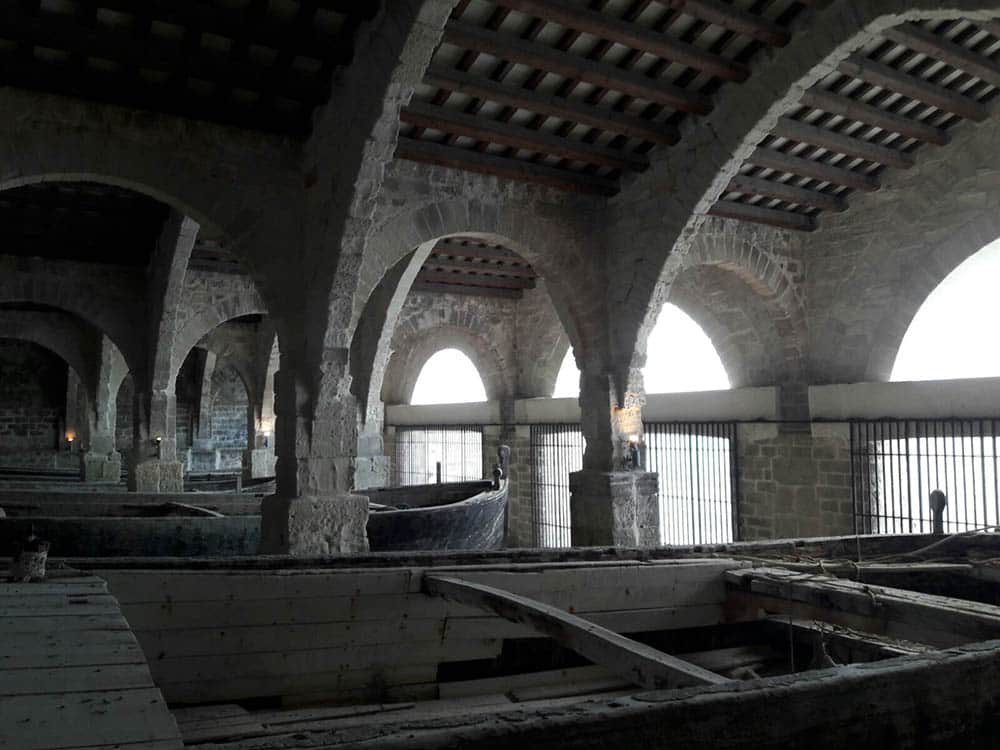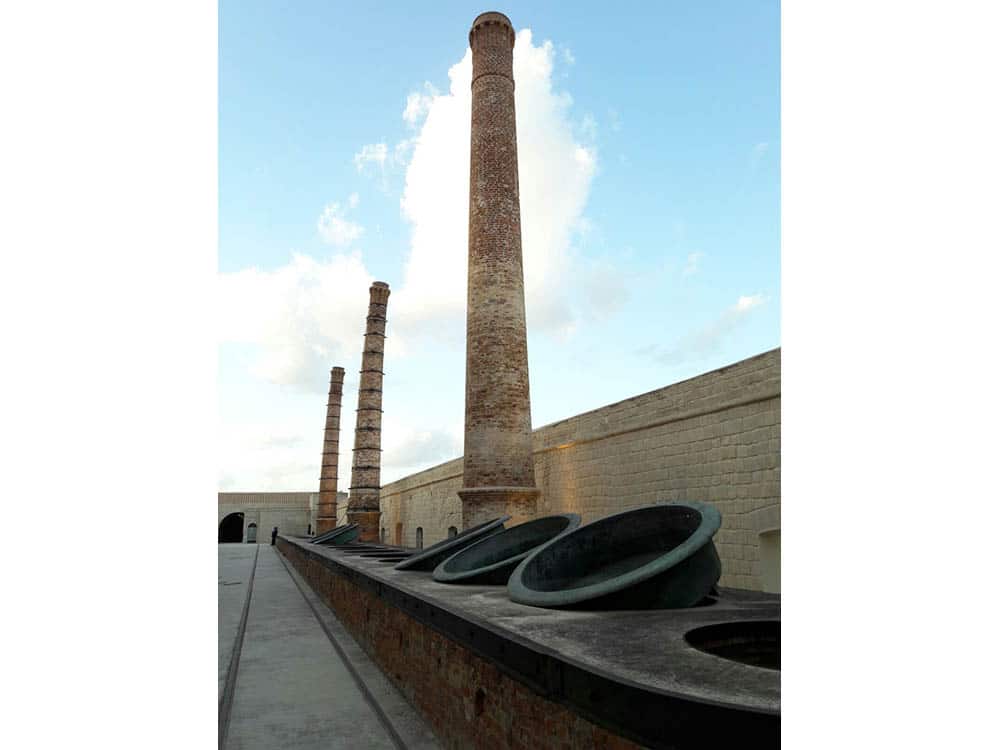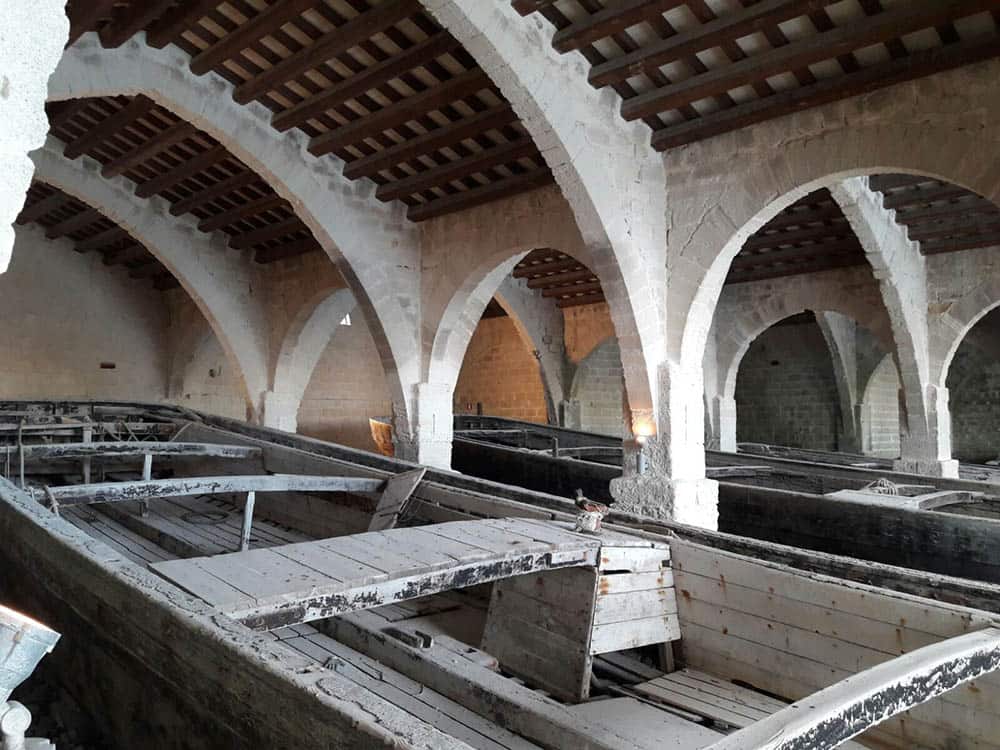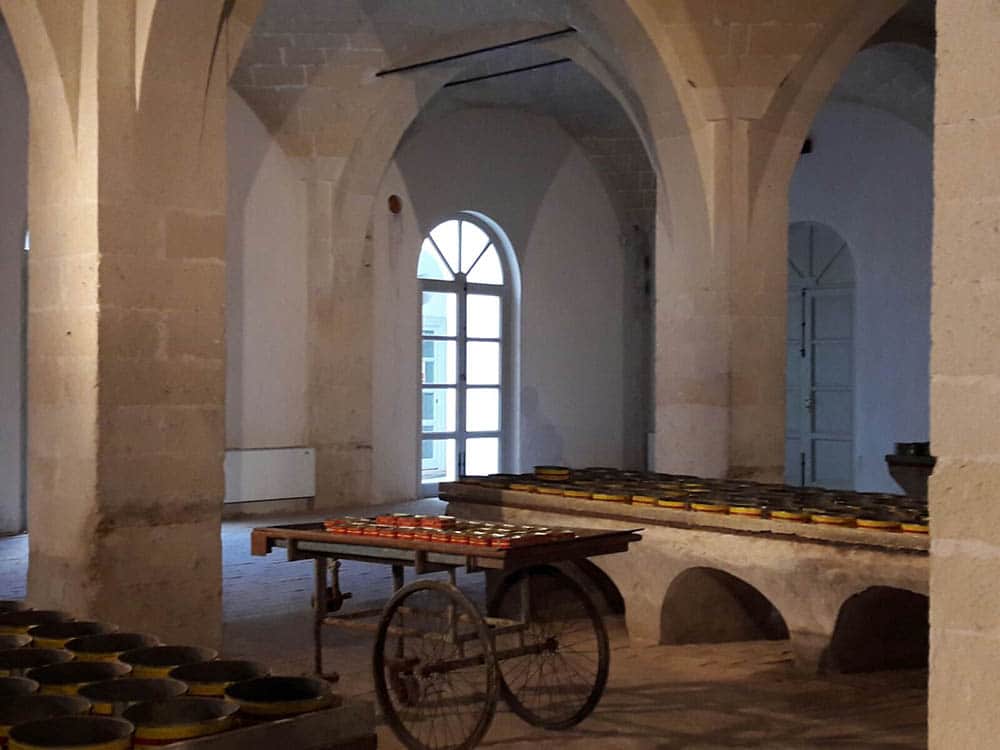When you feel hungry and want to have a quick lunch you open your kitchen cabinet, find a tuna can, slice a red tomato, put everything together with a bit of salt and oregano, dress your salad with salt and a few drops of extra virgin olive oil and you’re satisfying meal is ready. While you enjoy this simple food you don’t have the slightest idea of the long and laborious tradition hiding behind that anonymous tin.
Preserving the noble proteins in the past has always been a difficult task for human beings and fish, among the available food, represented the most complex challenge. Coastal populations of the Mediterranean were hunting big tuna during their reproducing times, intercepting them on their routes, from Gibraltar on their way to Turkey and back. The need to preserve tunas precious red meat and to be able to store it for the months when the big fish were crossing faraway oceans, led fishermen to develop their expertise in treating and canning the fish, so as to have their meat available all year round.
In 1874, the Florio family bought the island of Favignana and Formica, two of the Egadi island situated in front of the city of Trapani in Sicily. They established there their fishing and processing factory that used olive oil instead of salt to preserve the fish. At the World Fair of 1891-92 the company presented its innovative tin system with an opening key to commercialised preserved red tuna.
The interests of the family thought were not confined to the tuna business but they were also involved in the chemical and wine production of which derived one of the most famous sweet Italian wines called Marsala Florio.
Ignazio Florio Junior who was the family third generation, married the beautiful and charismatic donna Franca di Notarbartolo, who was able to create around herself an international high society environment, culturally refined, which became the heart of the Belle Epoque in the city of Palermo.
Ignazio and Franca were famous for a luxurious lifestyle and for the parties they organised in honour of famous people like Gabriele D’Annunzio, the tenor Caruso, the Zar of Russia and the King of Italy. Donna Franca loved jewellery and Ignatius gave her fabulous ones, worthy of a queen (especially when he had to make amends) of which the most famous one was a necklace made of 365 beads, seven meters long, often represented in her portraits.
Even when, in the early decades of the ‘900, what was the most important industrial and financial Sicilian group went bankrupt, due to the economic difficulties related to World War I, the Florio Establishment remained fully productive with diverse owners and managements.
If you go to Favignana today you can visit the old tuna processing plant that has been transformed into a very interesting museum. While you walk inside the old structure you come across the multimedia rooms, with video testimonials related to the slaughter of the tuna.
Living on the boats, fighting with animals that could easily reach half a ton, separated by a not always friendly sea from the “continent”, was not an easy life for the workers and the Florio family represented for the fisherman and their relatives the beginning of a wellness the previous generations couldn’t even dream about. The role of the Florio establishment on the island’s life, as the case for many industrial families in the late nineteenth century (as we have also highlighted in another of our articles regarding Crespi d’Adda), used to go far behind the modern relationship between workers and employers: for the inhabitants in Favignana they still represent a legend that embodies skill, beauty and elegance.
Nowadays people living in Favignana can reach the main island (Sicily) in half an hour, the tuna fish industry moved somewhere else and the old plant opens its doors to tourists but whoever lands there can fully breath the unique atmosphere of a breathtaking landscape and powerful tradition.
So the next time you open a can of tuna…. Think about that!
Photo credits: I would love to thank my sister Simona Chiesi for the photo credits on the color images.
Betti
This video runs through the history behind the famous Tonnara of Favignana – The former Tuna fishery of Favignana, Sicily (with English subtitles):
The island of Favignana
For a visit to the Florio Plan check out the
Facebook Page of the Florio Marsala Plant
[socialWarfare]

